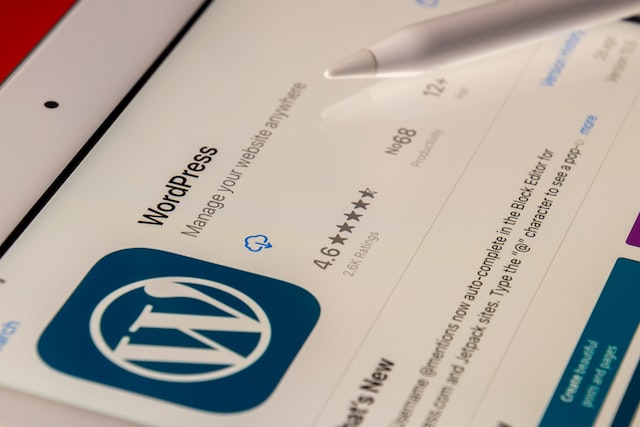A Step-by-Step Guide to Building Your First Website

In an era dominated by digital presence, having a website is essential for individuals and businesses alike. Whether you’re showcasing your portfolio, starting a blog, or launching an online store, creating your own website has never been more accessible. This step-by-step guide will walk you through the process of building your first website, even if you have little to no prior experience.
Step 1: Define Your Purpose and Goals
Before diving into the technicalities, clearly define the purpose of your website and establish your goals. Are you creating a personal blog, an online portfolio, or a business website? Understanding your objectives will help you make informed decisions throughout the process.
Step 2: Choose a Domain Name
Your domain name is your website’s address on the internet. Choose a name that reflects your brand or the content of your site. Keep it simple, easy to remember, and relevant to your niche. Once you have a name in mind, check its availability and register it through a domain registrar.
Step 3: Select a Web Hosting Provider
Web hosting is like renting space on the internet to store your website’s files. There are various hosting providers available, such as Bluehost, SiteGround, and HostGator. Consider factors like price, performance, and customer support when choosing a hosting provider.
Step 4: Install a Content Management System (CMS)
A Content Management System simplifies the process of building and managing your website. WordPress is a popular choice, known for its user-friendly interface and extensive customization options. Most hosting providers offer a one-click installation for WordPress and other CMS options.
Step 5: Choose a Theme
Themes determine the look and feel of your website. Select a theme that aligns with your brand and provides the functionality you need. WordPress has a vast repository of free and premium themes, allowing you to customize your site’s appearance easily.
Step 6: Customize Your Website
Once your theme is installed, customize your website by adding your logo, changing colors, and adjusting layouts. Most CMS platforms offer a visual editor, making it easy for beginners to personalize their sites without touching any code.
Step 7: Add Essential Pages
Create essential pages such as Home, About Us, Contact, and any others relevant to your content. Clearly articulate your purpose, introduce yourself or your brand, and provide contact information.
Step 8: Install Essential Plugins
Plugins enhance the functionality of your website. Depending on your needs, install plugins for SEO (Search Engine Optimization), security, and performance optimization. Popular SEO plugins include Yoast SEO, while Wordfence and Sucuri are commonly used for security.
Step 9: Create Compelling Content
Content is king on the internet. Whether it’s blog posts, product descriptions, or multimedia content, focus on creating high-quality, engaging content that resonates with your audience.
Step 10: Optimize for SEO
Improve your website’s visibility on search engines by optimizing for SEO. Use relevant keywords, create descriptive meta tags, and build high-quality backlinks to increase your site’s ranking.
Step 11: Set Up Analytics
Track your website’s performance using analytics tools like Google Analytics. Monitor visitor behavior, track conversions, and use the data to refine your content and marketing strategies.
Step 12: Test Your Website
Before launching your website, thoroughly test its functionality on different devices and browsers. Check for broken links, ensure proper formatting, and confirm that all features work as intended.
Step 13: Launch Your Website
Once you’re satisfied with the design and functionality, it’s time to launch your website. Announce it on social media, and start promoting your content to attract visitors.
Step 14: Regularly Update and Maintain
Websites require ongoing maintenance. Regularly update your CMS, themes, and plugins to ensure optimal performance and security. Additionally, consistently create and update content to keep your audience engaged.
Building your first website may seem daunting, but with the right guidance, it’s an achievable task. Follow these steps, stay patient, and don’t hesitate to explore additional resources and tutorials along the way. Happy website building!




